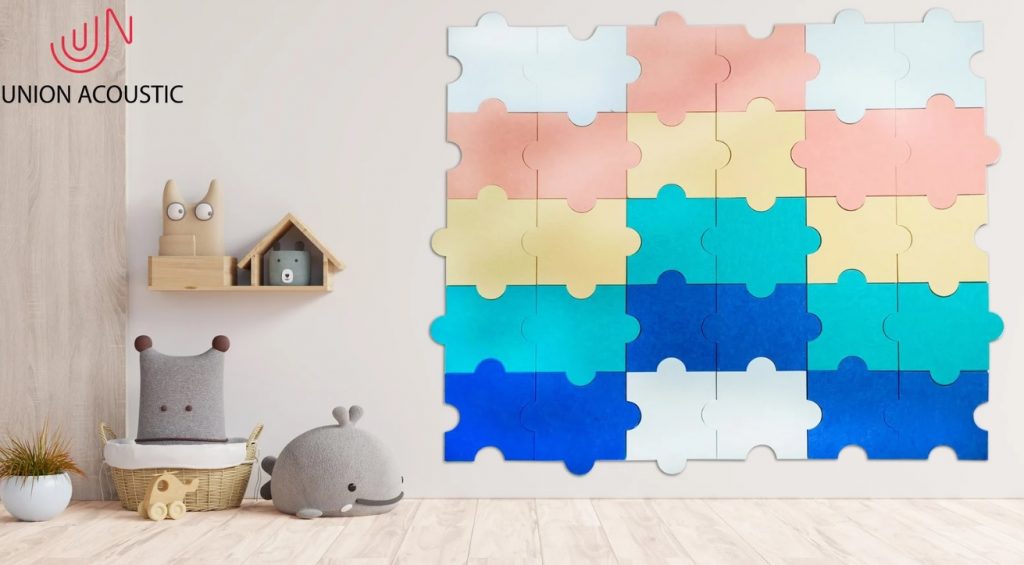
If you’re looking for a sound-proofing material that is affordable and easy to work with, acoustic foam might be the perfect option for you. Acoustic foam can be used in a variety of industries, from music studios to home theatres. Keep reading to learn more about the different industries that use acoustic foam and the benefits it provides.
-
Music
Acoustic foam is used in a variety of musical applications, including sound studios, rehearsal spaces, and performance venues. The foam absorbs unwanted sound reflections, which can help to improve the quality of the sound.
Whether you’re a musician yourself or you’ve just been to a concert, you’ve probably noticed the abundance of foam wedges in music venues. These acoustic foam panels are used to help reduce noise and improve the sound quality of live music.
By absorbing unwanted sounds and preventing them from bouncing around the room, acoustic foam allows audiences to focus on the music itself. In addition, the foam can also help to protect musicians from deafening stage noise. So next time you’re at a show, take a closer look at the foam panels and appreciate how they help to create an optimal listening experience.
-
Film and Television
Acoustic foam is also used in the film and television industry. The foam is used to absorb sound reflections in film and television studios, which can help to improve the audio quality of the final product.
Acoustic foam is used in film and television studios to help reduce noise levels. The foam absorbs sound waves and prevents them from bouncing around the room, which can cause echoes and make dialogue difficult to understand.
In addition, acoustic foam can help to prevent spillover between different audio sources, such as a conversation and a music soundtrack. As a result, acoustic foam is an essential tool for achieving clear and concise audio in film and television productions.
-
Architecture
Acoustic foam is used in a variety of architectural applications, including office buildings, schools, and hospitals. The foam helps to reduce noise levels and improve acoustic comfort in these types of buildings.
Acoustic foam is a type of material that is widely used in architecture. It is known for its ability to absorb sound, making it an ideal choice for use in office buildings and other enclosed spaces. Acoustic foam is made from a variety of different materials, including polyurethane, polystyrene, and fiberglass. The foam is typically available in a variety of different colours, allowing it to be matched to the specific needs of each project.
In addition to its sound-absorbing properties, acoustic foam can also help to improve the visual appeal of a space. When used in conjunction with other materials, it can help to create an overall aesthetic that is both pleasing and functional.
-
Automotive
Acoustic foam is used in a variety of automotive applications, including engine compartments and exhaust systems. The foam helps to reduce noise levels and improve acoustic comfort in these types of vehicles.
Acoustic foam is a type of material that is often used in automotive applications. It is designed to absorb sound waves, making it an ideal choice for use in car interiors. Acoustic foam can help to reduce road noise, making for a more comfortable driving experience. It can also be used to dampen vibrations, making the ride smoother and quieter. In addition, acoustic foam can help to protect against impacts, making it an ideal choice for use in areas such as the trunk or under the hood.
